
About This Quiz
The only guarantee in life is change, and one look at the technology of the past century should be enough to show you that the times, they are a-changin.' We saw explosive technological growth in every aspect of our lives, from the home to the workplace to the way we played. We saw plenty of evolutionary dead ends, too, things that seemed like a good idea at the time, but ended up failing- sometimes in catastrophic or insidious fashions!
One thing is clear, though. The West became a society hooked on novelty. Shoes that walk on water! Tiny cars! X-Rays for your shoe measurements! The future was hurtling toward us faster than we could process. So we came up with new calculating machines to process it! These gadgets, gizmos, and habits of a bygone age are the flotsam and jetsam of our past, used to amuse, then tossed aside when the next hot new thing came along. And we love them for it because in these devices and amusements, lurk memories forever frozen like a fly trapped in amber, of the special world in which we grew up.
Can you recognize these crazy doohickeys, artifacts and relics of a time gone by? Get your mojo rising and click to begin our quiz!

Although chewing tobacco has almost completely vanished from the national landscape, there was a time when you would see spittoons in many public areas, ready to receive expectoration from a citizen's chaw.

Phone booths are a relic from a time when people didn't just walk around with a cheap phone in their pockets. There was a time when they practically lined the streets, and were the easiest way to contact someone when gallivanting out and about.
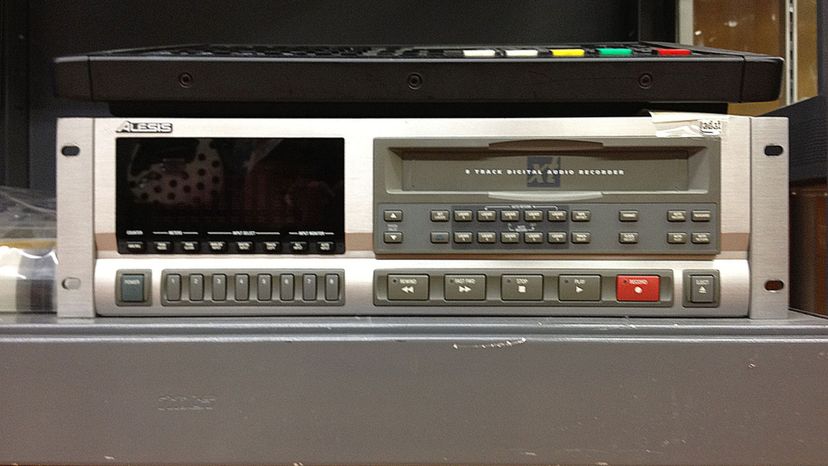
The forerunner to the compact cassette, the 8-track recorded information on magnetic tape. It was most popular in the United States, where it was installed in cars to play recorded music on the go. What a novel concept!
Advertisement
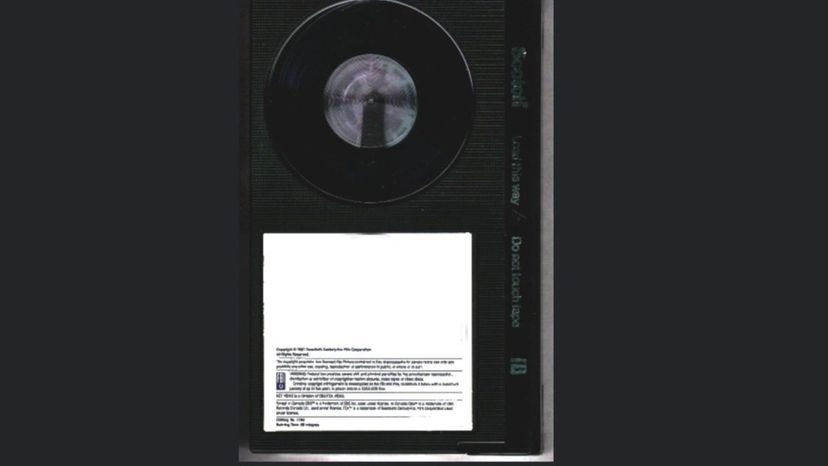
The Betamax was a format for recording video on magnetic tape. It clashed with, and eventually lost to, the VHS, even though its adherents will grouse over its alleged supremacy to this very day! Now that both formats are all but forgotten, it lives on only in our memories.
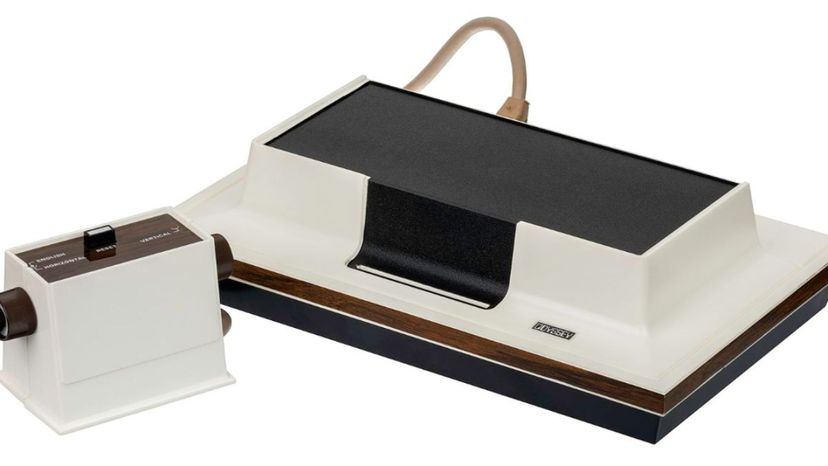
The first commercial home video game system, the Magnavox Odyssey offered play in monochrome, and with no sound! Its only peripheral, a primative light gun, was sold separately.

The slide rule is an analog computer designed for multiple forms of calculation, all performed through physical manipulation of the "ruler." Also known as a slipstick, the slide rule's similarity to a ruler is actually superficial. It isn't meant to draw straight lines at all.
Advertisement
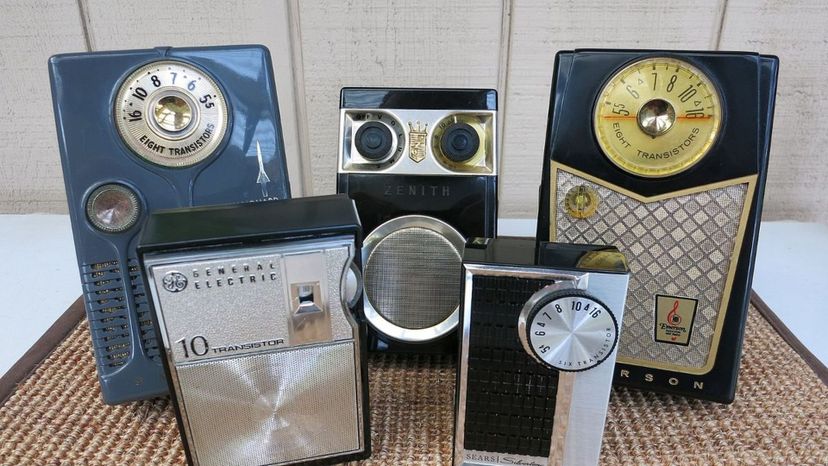
The pocket transistor radio was an extraordinary invention, allowing people to bring music with them on the go for the first time, thanks to transistor technology. One of these was also the first product Sony sold in America.
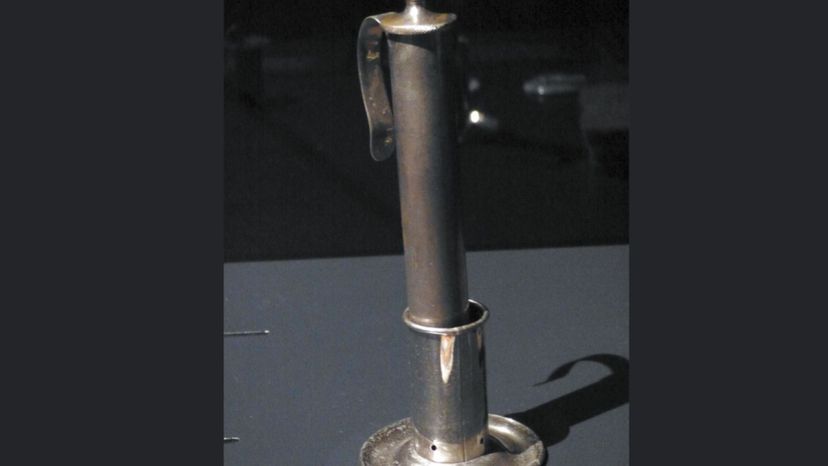
Believe it or not, the popularity of "ice cold" beer is as much a triumph of marketing as anything else. There was a time when people preferred their beer warm, particularly in winter, and this was the gadget that made that happen.
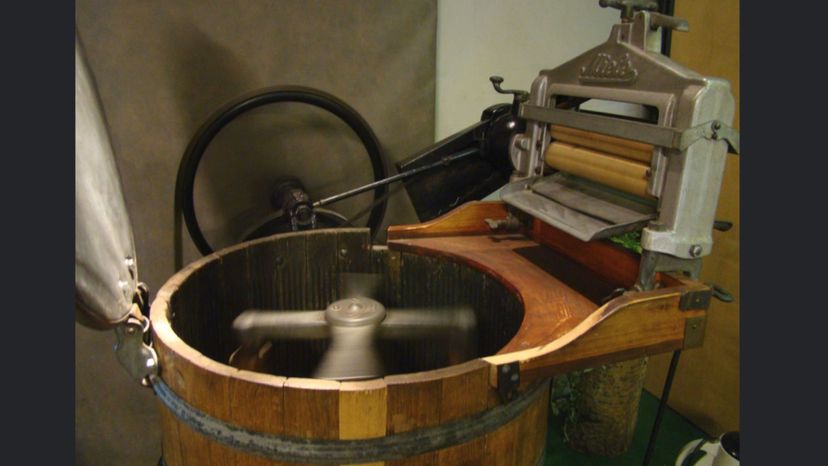
The Miele corporation created the electric washer. It was the first home washing machine. Miele completely revolutionized home economics, vastly freeing up time and resources for the homemaker (often a woman), and allowing a previously unparalleled level of freedom.
Advertisement
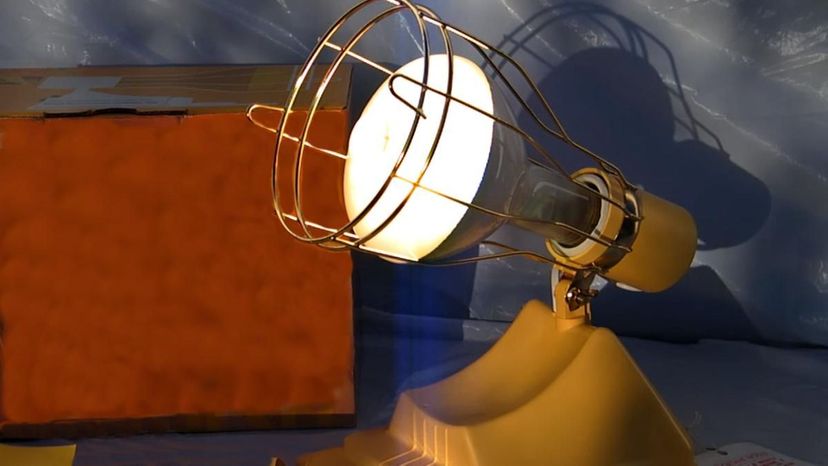
Ah, the portable sunlamp. People thought blasting themselves with these for "sunlamp therapy" was good for them, when, in fact, they were irradiating themselves with ultraviolet light at close range, putting themselves at cancer risk. Not great.
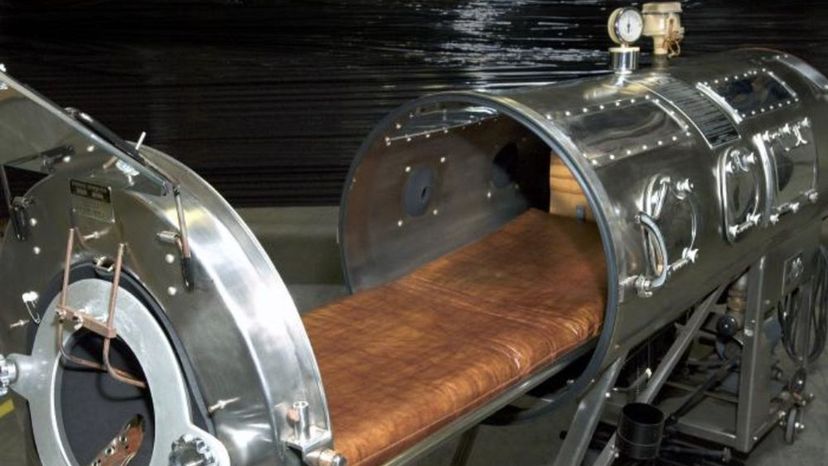
These awful contraptions were necessary for breathing for people who had lost muscle control or strength in their lungs. Thanks to vaccines, we have eradicated many of the diseases responsible for such horrible ailments.
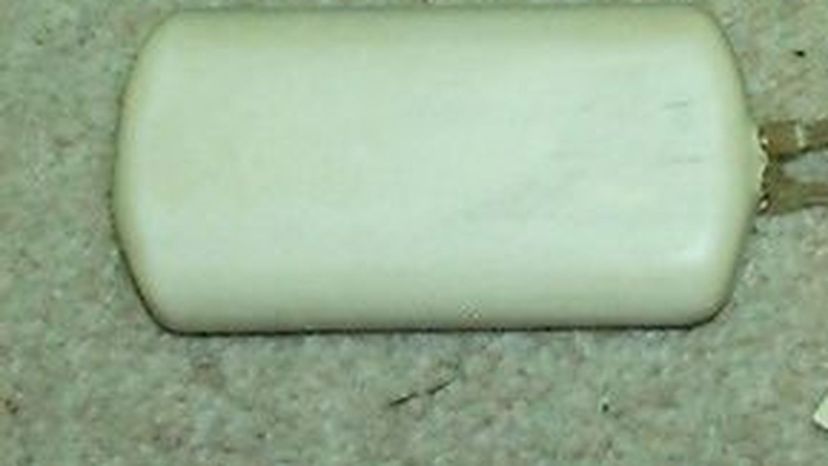
The first implantable pacemakers were able to set the pace for a beating heart, allowing many heart patients to survive when they would otherwise have died. They replaced bulky, external pacemakers, which were vulnerable to power surges.
Advertisement
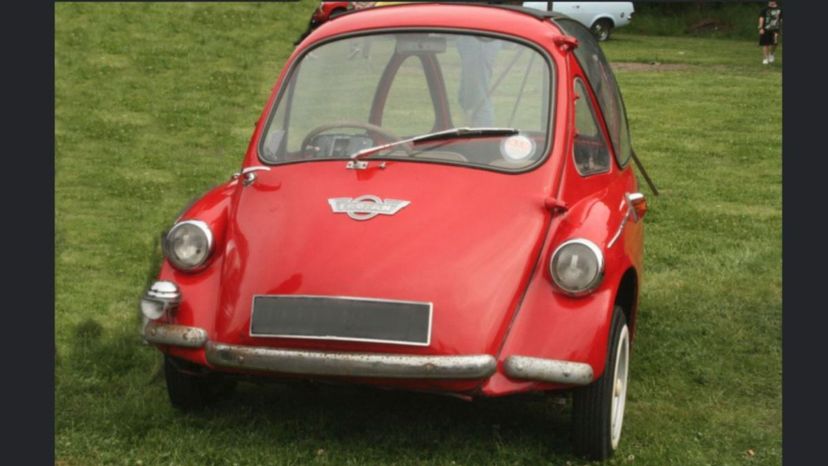
The Bubble Car was a largely European phenomenon, particularly in Germany and, to some extent, the U.K. The Suez Crisis and other times of gas price shocks inspired the creation of these tiny vehicles.
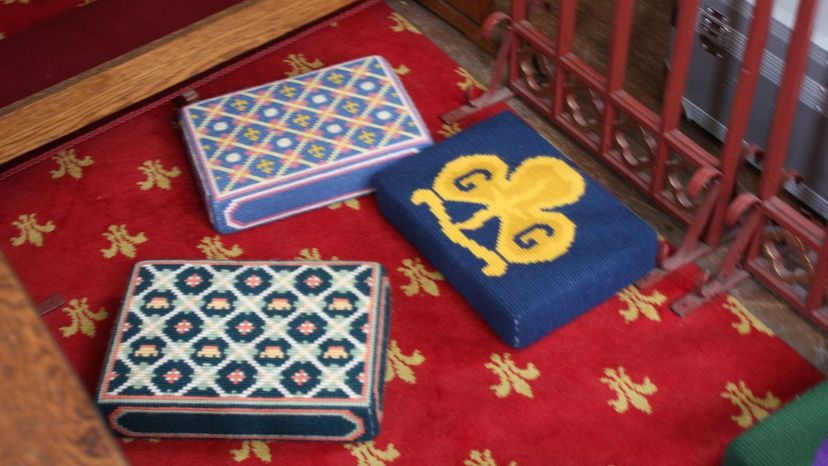
The difference between a Hassock and an Ottoman is that a Hassock tends to be a smallish affair, while an Ottoman is larger and frequently has storage space within. Hassocks were really just for resting your feet and looking pretty!
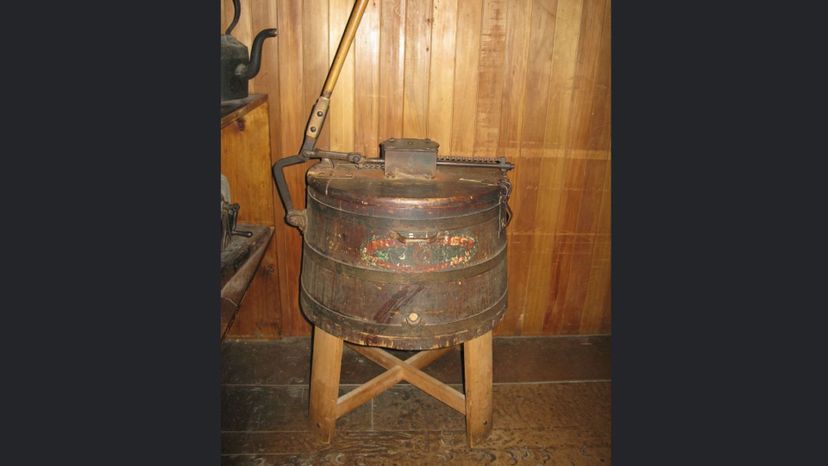
Used for cleaning in the times before washing machines, the Dolly was used to "stew" the clothes together and swirl them as you washed them in a basin. It was heavy, unforgiving work, and no one looked forward to washing day.
Advertisement
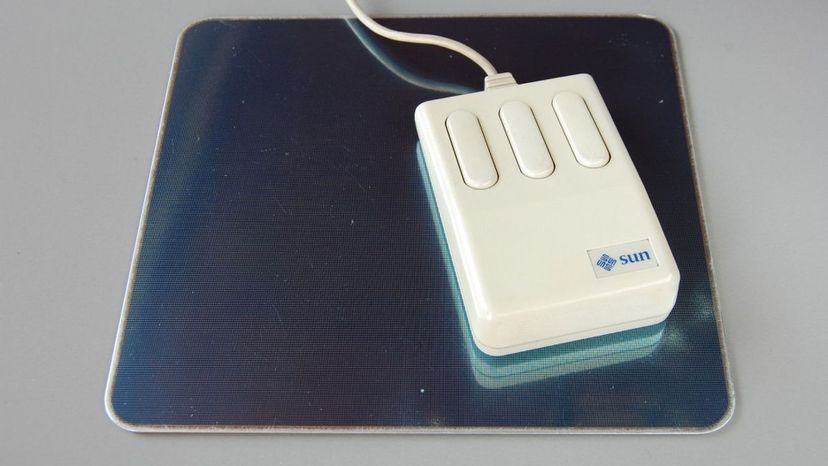
Clunky and almost unrecognizable, this is the original computer mouse. It was a wooden box with not one, not two, but three buttons. It even had tiny wheels to move it about.
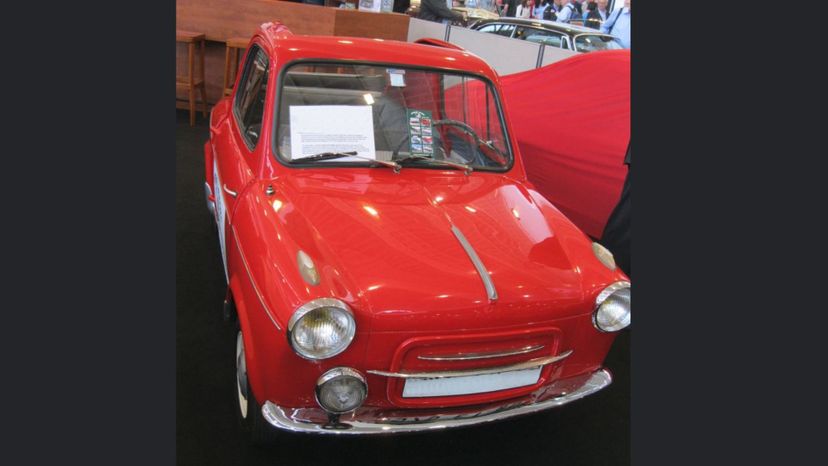
Microcars are the smallest automobile classification, and some of them have only one rear wheel. They have been used in some fashion since the 1940s, but have largely fallen out of favor in the present day.
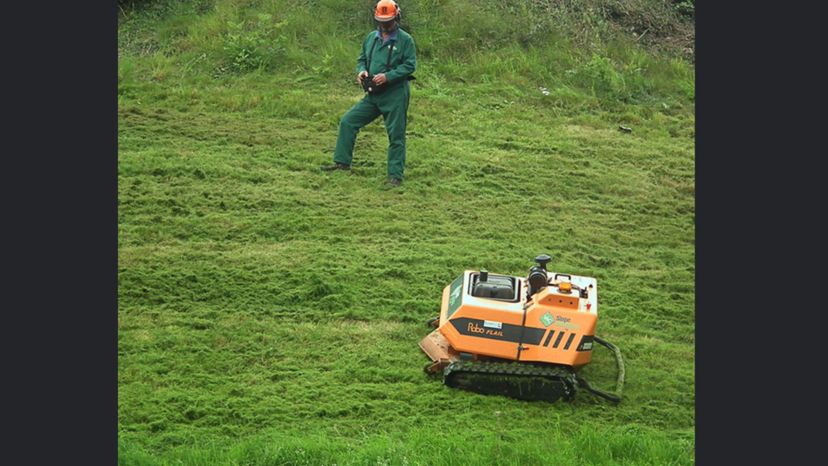
The remote control lawnmower still exists today, but these early models were extremely complex and, frankly, delicate, such that they could not be relied upon for long.
Advertisement
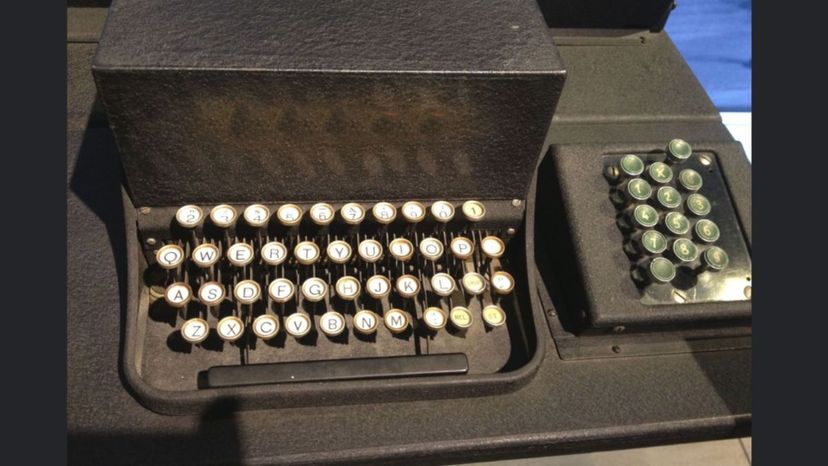
The keypunch was a device for punching holes in paper so as to convey information. This led to a society that owed a great deal of its information processing capacity to this humble invention, allowing for leaps forward in productivity.
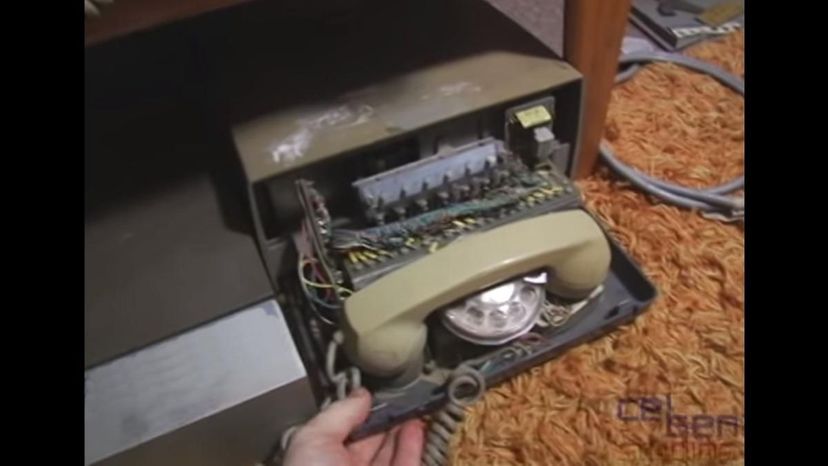
Released in 1960, the dataphone can best be described as the first commercial modem. It allowed individuals and businesses to relay information at extraordinary speed across phone wires, paving the way for what would become the modern Internet.
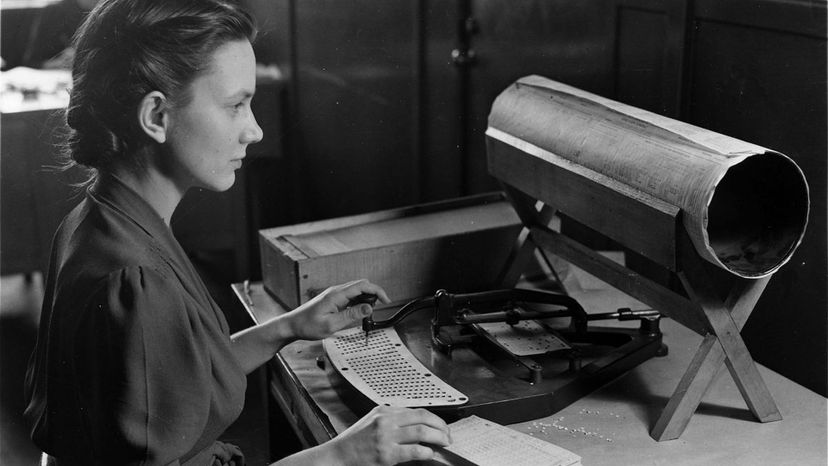
The electronic multiplying punch read punch cards, and was able to read two factors up to eight decimal digits in length. It could add, subtract and (of course, given the name) multiply. It was used largely as an accounting aid.
Advertisement
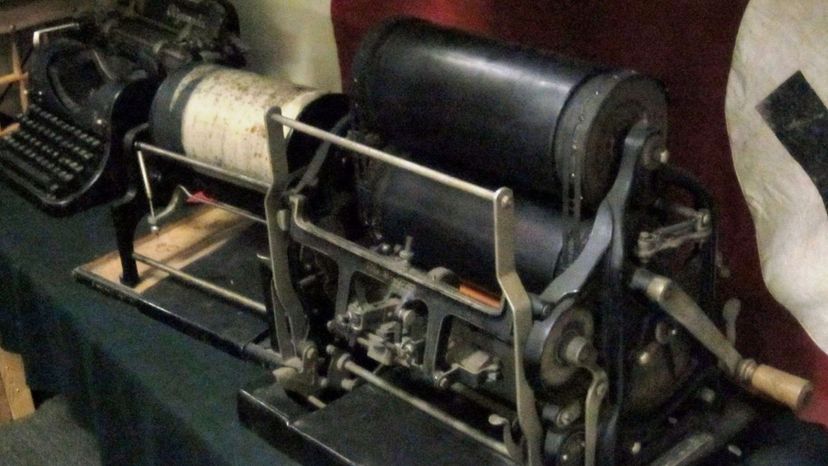
Simple, yet elegant (albeit goopy!), the mimeograph was a machine that forced ink through stencils in order to make copies of whatever the stencil was made of. Of course, you needed to make the stencil first!
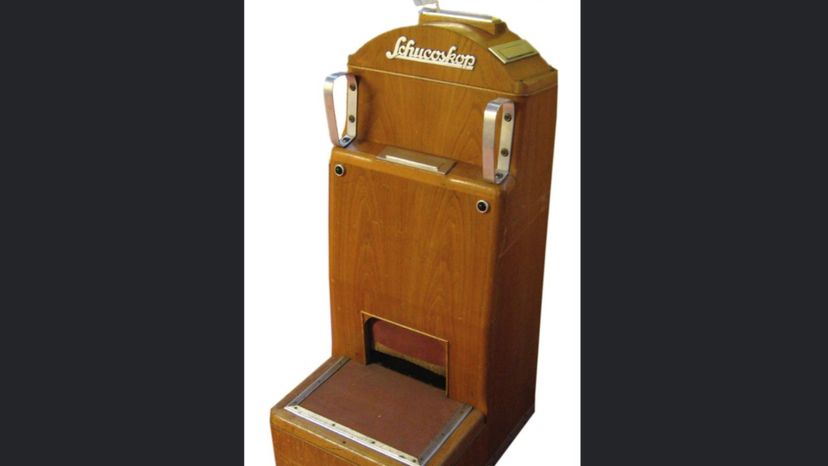
The shoe fluoroscope was a very unfortunate invention that used x-rays to examine a person's foot as they were being fitted for shoes. The x-rays were fired in a continuous beam. This was exceedingly dangerous, and risked giving cancer and other debilitating ailments to the subject.
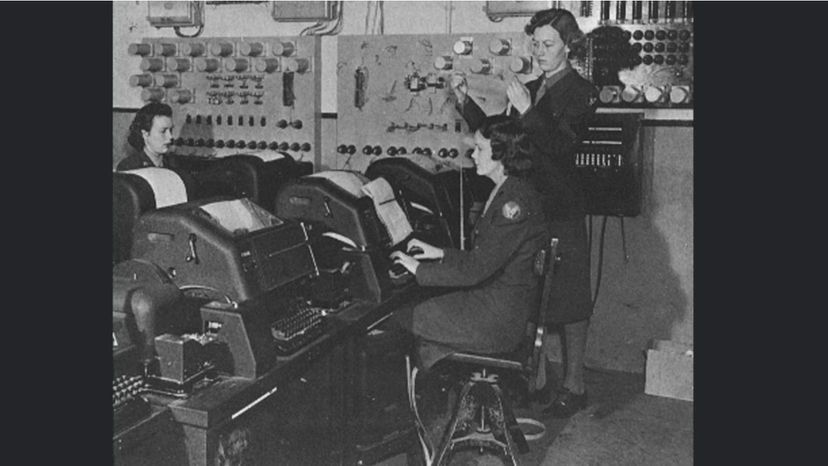
The teletype was a combination of an electric typewriter and phone wires, whereby the typewriter could be used to send information and relay it to a remote user. This was, of course, a forerunner of sorts of our use of PCs to instant message people!
Advertisement
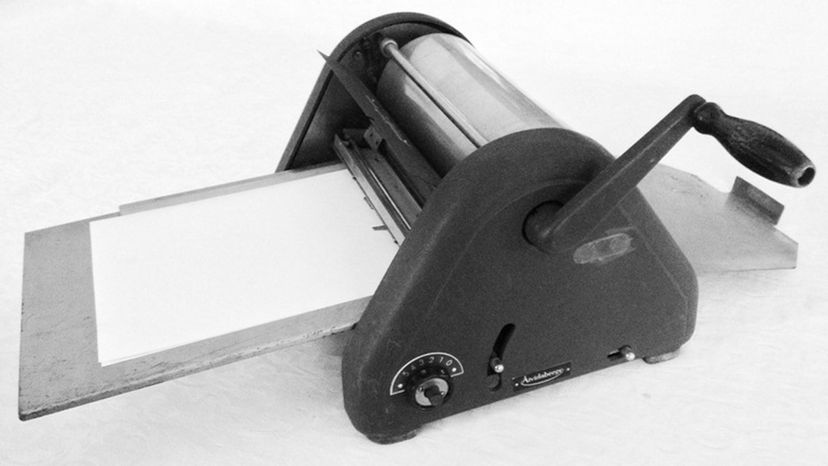
A carbon copier was a machine that used a piece of carbon paper to take an impression of a document, creating a copy of that document by pressing on the carbon. Primitive though it seems, it shows how important duplication was to a modern office.
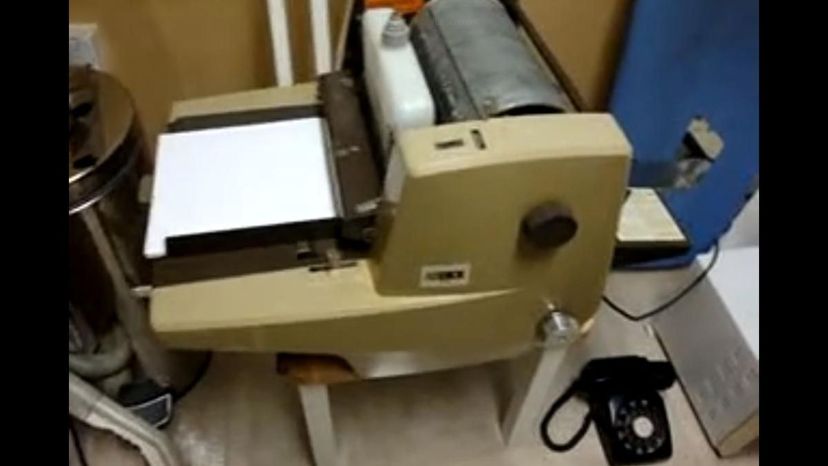
The ditto machine used a wax sheet and a piece of carbon paper together to create simple copies of documents. It was also known as a Spirit Duplicator. It actually did not use ink at all, instead using the wax to make the impression.
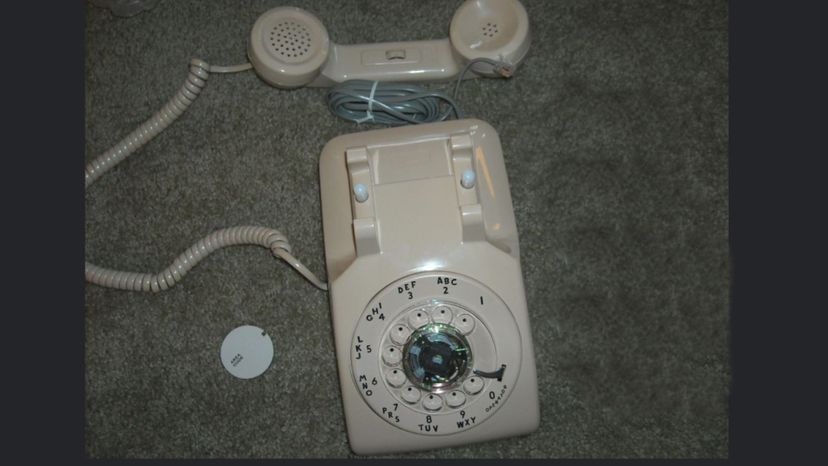
Ah, the rotary phone. When you put your fingers in the dial to turn the numbers, they would make a distinct whirring sound that forever embeds itself in the heads of the people who heard it.
Advertisement
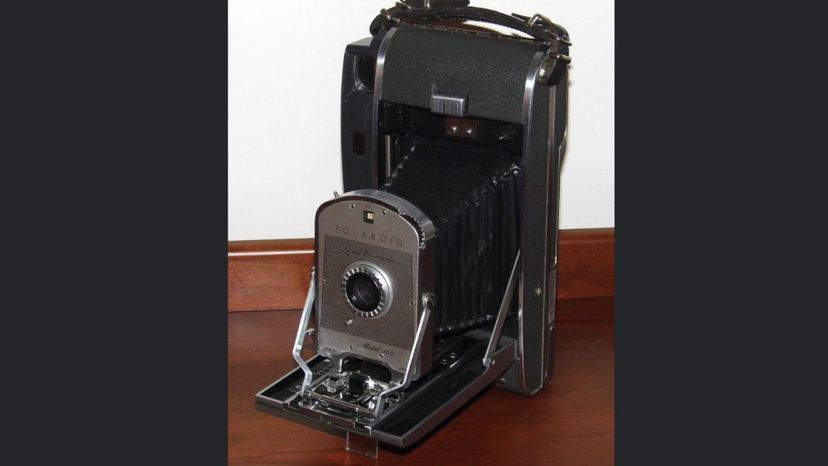
Believe it or not, there was a time when you wanted a few pictures and the only way to get them was to either pay someone to take them, or buy an expensive camera yourself. These instant cameras solved that problem, offering cheap photography for people of all classes.
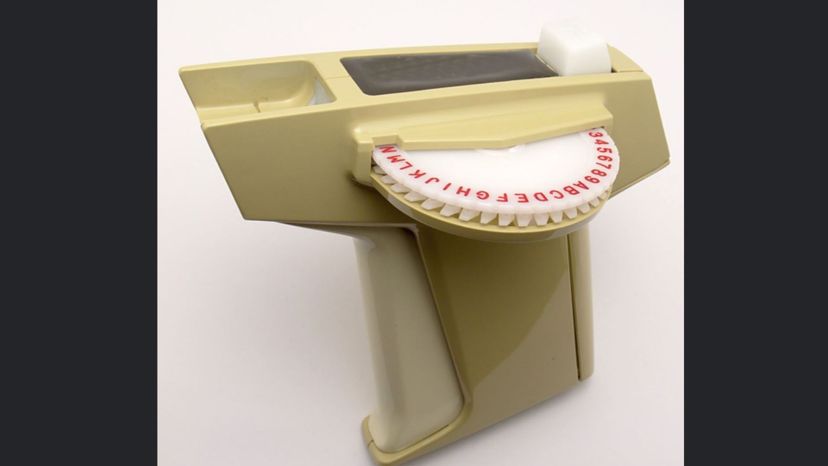
When you absolutely need to tell that bratty brother that this is yours, there's the label maker. More sophisticated versions of this exist today, of course, but they are not usually used in a domestic context.

Asbestos was used to line the walls of homes as fireproof insulation. Unfortunately, it is highly carcinogenic and toxic, resulting in a staggering human cost instead of technological benefit.
Advertisement
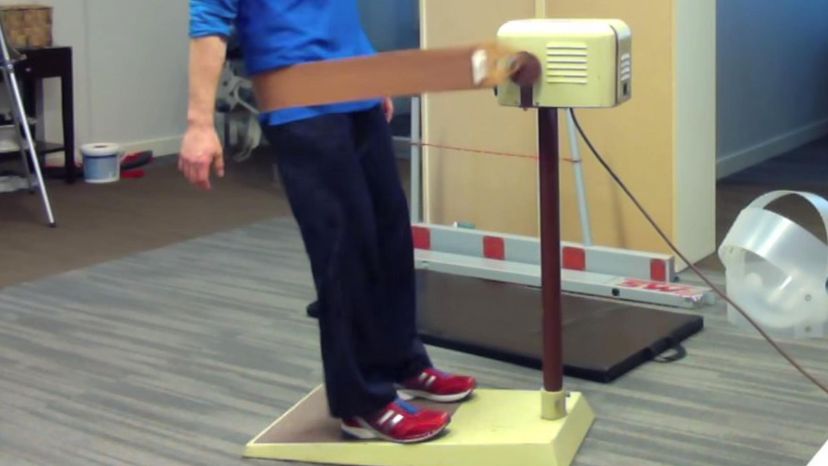
Purportedly some kind of exercise, the vibrating belt..... well, you can see how it's supposed to work! In reality, these proved quite unpleasant to use, and did not see much in the way of popular longevity.
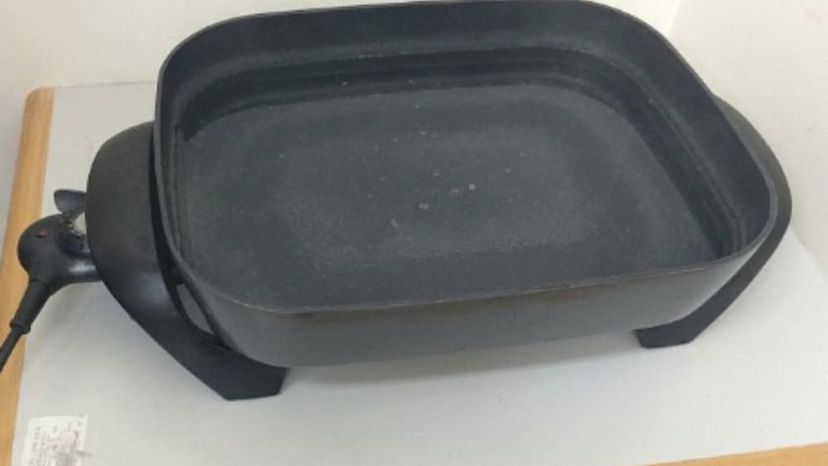
Although still with us today in much more efficient form, early electric frying pans were unwieldy and occasionally unsafe. They looked like a crude waffle iron.
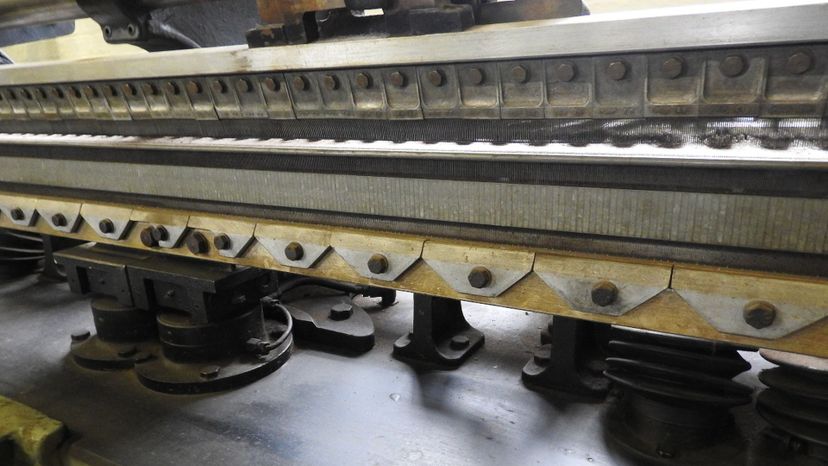
The problem with the original knit-o-matic was that it could only knit in very set patterns, in very few formats. Knitting is an art with a great deal of flexibility, so it is no surprise that these machines failed to see much traction in popular culture.
Advertisement